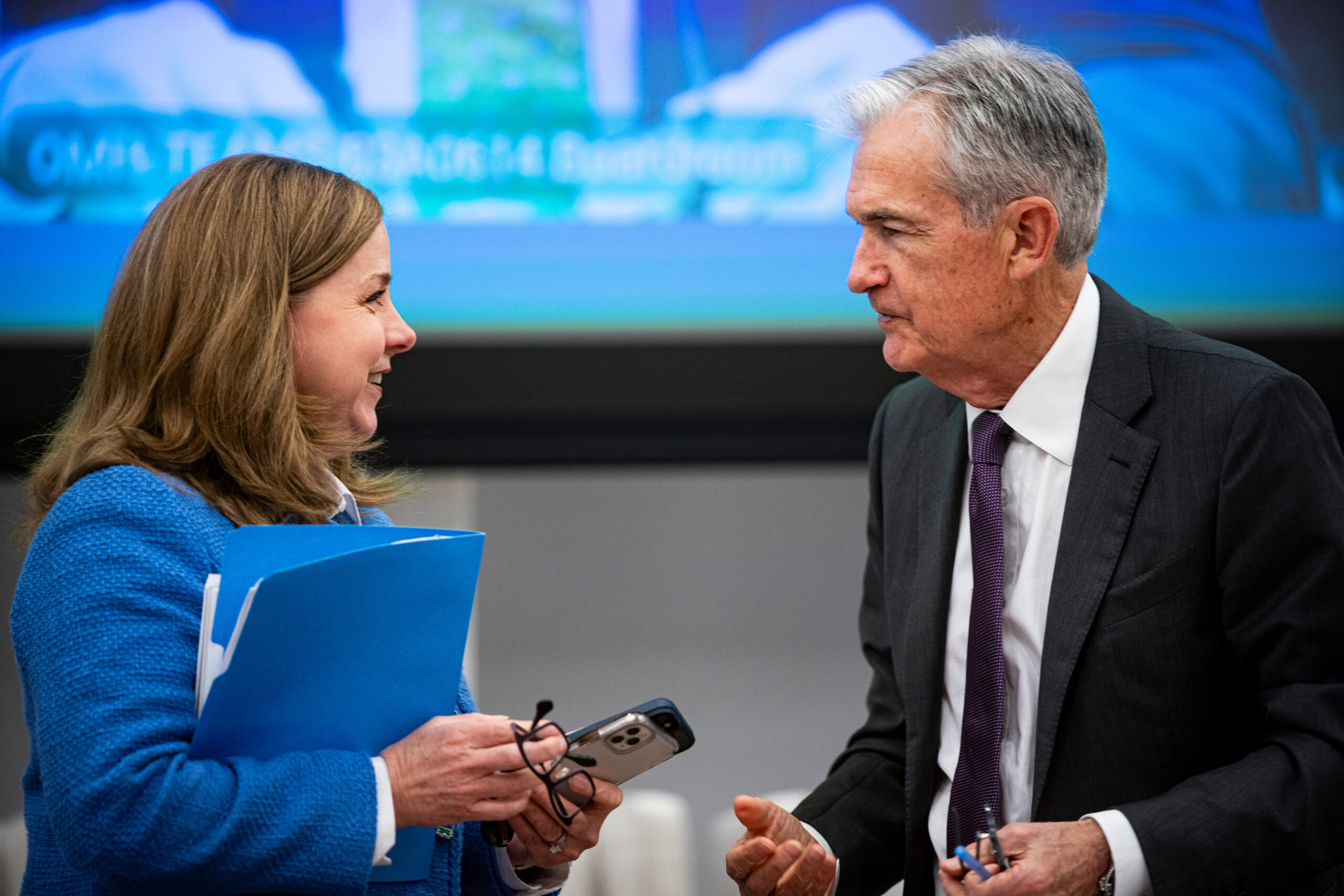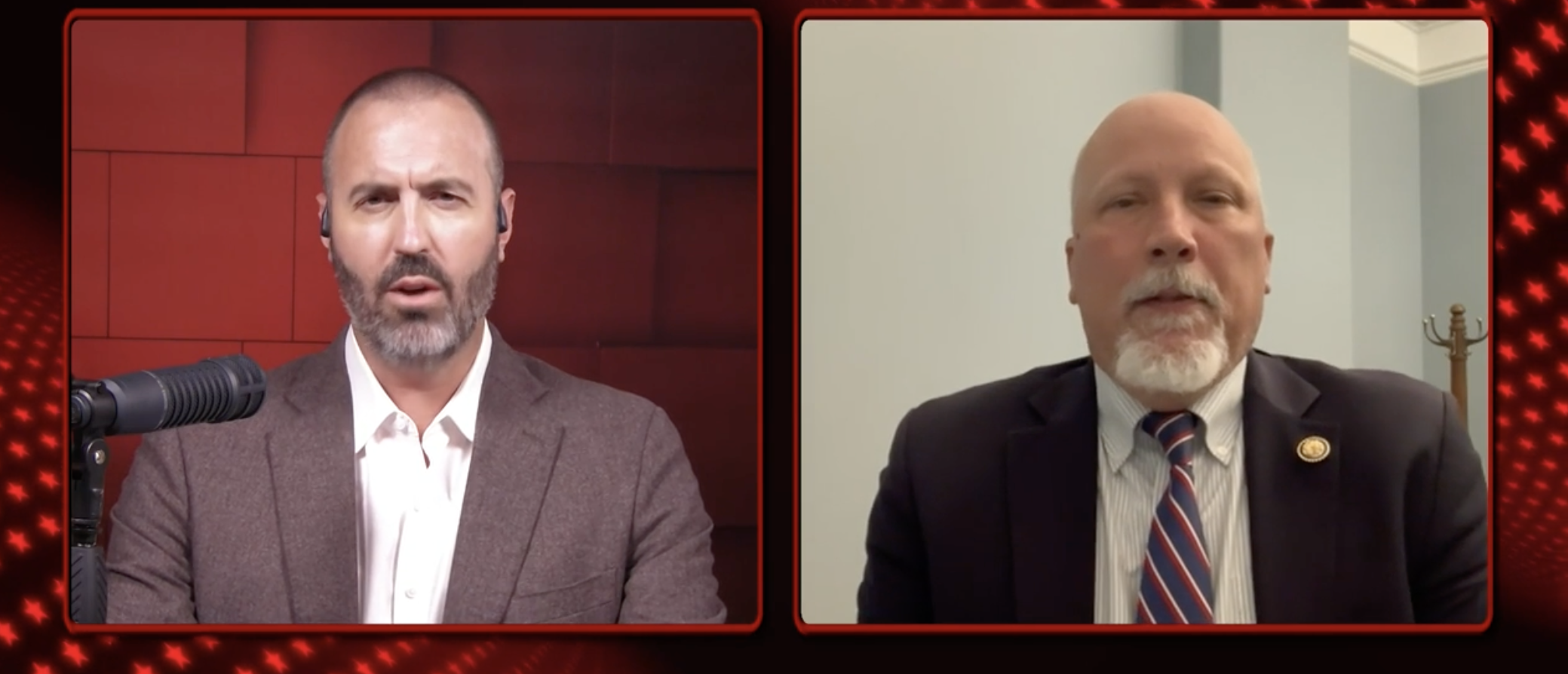The recent proposal to modify the Supplementary Leverage Ratio (SLR) stands as a pivotal effort by financial regulators to fortify the stability and function of the crucial Treasury market. This foundational minimum capital requirement, which dictates how much equity banks must hold relative to their total assets, is designed to curb excessive leverage and mitigate systemic risks within the global financial architecture. Regulators harbor significant optimism that these targeted adjustments will usher in enhanced market liquidity and improved overall operational integrity, particularly during periods of economic strain and uncertainty.
The Supplementary Leverage Ratio was initially introduced as a direct response to the 2008 financial crisis, aiming to create a robust buffer against future financial shocks by ensuring banks possess adequate capital. Its fundamental objective is to prevent a recurrence of the liquidity freezes and rapid deleveraging that characterized past crises. The current proposed alterations are specifically tailored to fine-tune this mechanism, acknowledging the evolving dynamics of the Treasury market and seeking to optimize the balance between stringent capital requirements and the efficient flow of credit and liquidity. This reform reflects a continuous learning process in economic policy, adapting financial regulation to contemporary challenges.
Regulators are particularly hopeful that these proposed changes will address observed vulnerabilities in the Treasury market, such as those that surfaced during the early stages of the COVID-19 pandemic. By adjusting certain aspects of the SLR calculation – potentially exempting certain low-risk assets like central bank reserves or U.S. Treasuries – the aim is to free up balance sheet capacity for banks. This, in turn, could encourage greater participation in the Treasury market, thereby increasing its depth and resilience, and smoothing out periods of volatility. The aspiration is to foster an environment where banks are better positioned to act as market makers without inadvertently being penalized by capital rules.
Yet, the ultimate success of these well-intentioned regulatory adjustments is far from guaranteed and critically hinges on the subsequent actions and adaptability of major banking institutions. While the theoretical framework underpinning the proposal points towards enhanced stability and improved market function, the practical implementation could yield varied and potentially unforeseen results. The financial landscape is complex, and banks, as sophisticated market participants, often respond to new economic policy with strategic adjustments that may or may not perfectly align with regulatory goals.
The core uncertainty lies in how banks will interpret and integrate these changes into their operational frameworks. Will they confidently expand their activities in the Treasury market, utilizing the newly available balance sheet capacity to bolster liquidity? Or will they, perhaps, find new methods to navigate the revised rules, potentially reallocating capital in ways that do not fully achieve the intended systemic benefits? This intricate interplay between regulatory intent and real-world banking operations underscores the inherent challenges in financial policymaking. Even meticulously crafted financial regulation can elicit reactive behaviors from market participants, which ultimately determine whether the very stability they aim to secure is genuinely achieved.
The coming months will be crucial in observing these market dynamics. The efficacy of the SLR proposal will not be solely measured by its legislative passage, but by its tangible impact on Treasury market functionality and the broader economic stability it seeks to underpin. It highlights that even in a highly regulated environment, the human element of institutional decision-making remains a powerful, often unpredictable, force. The goal of stability is clear, but the path to achieving it through policy changes is paved with both promise and the inherent uncertainties of a dynamic financial system.
Discover more from The Time News
Subscribe to get the latest posts sent to your email.



